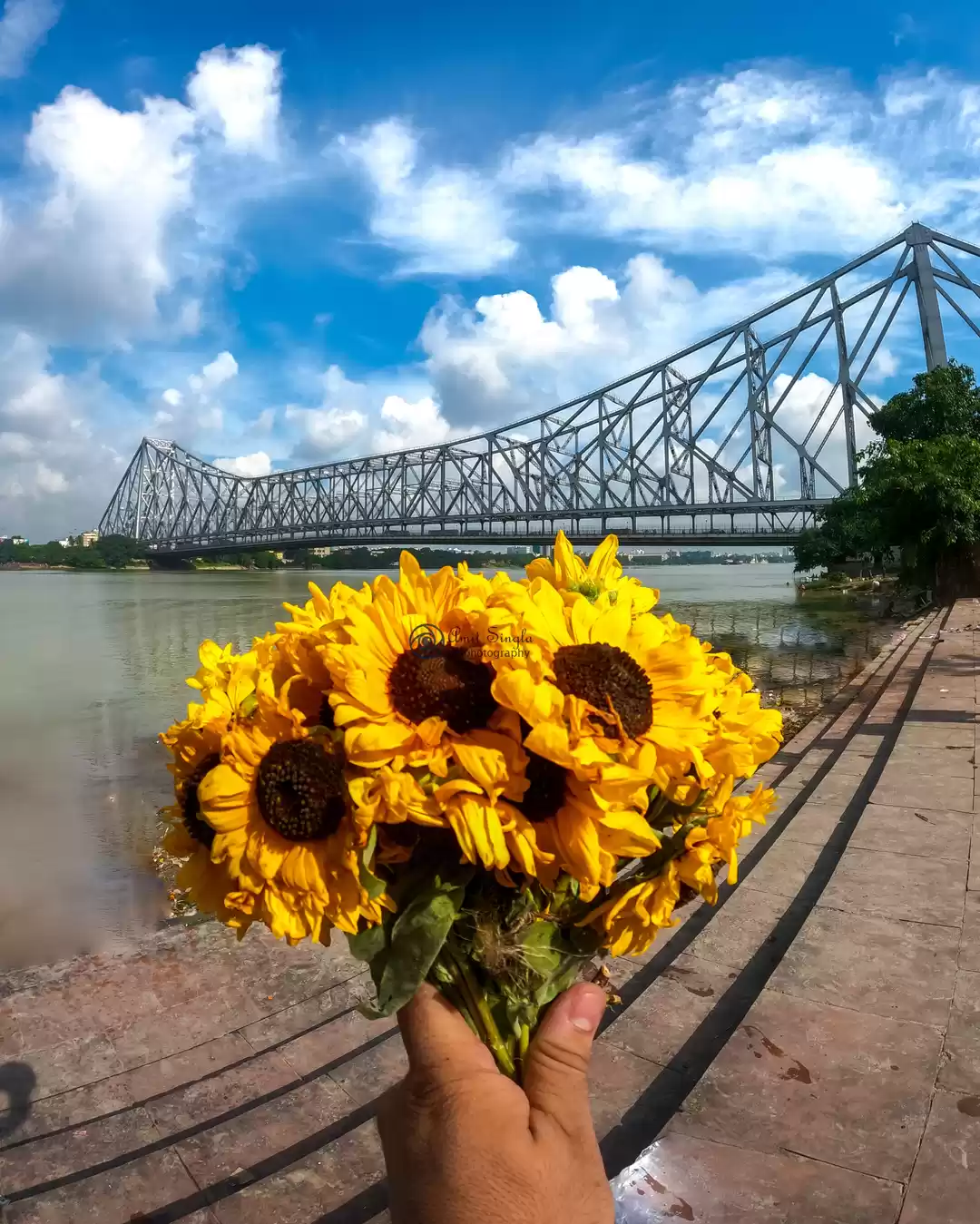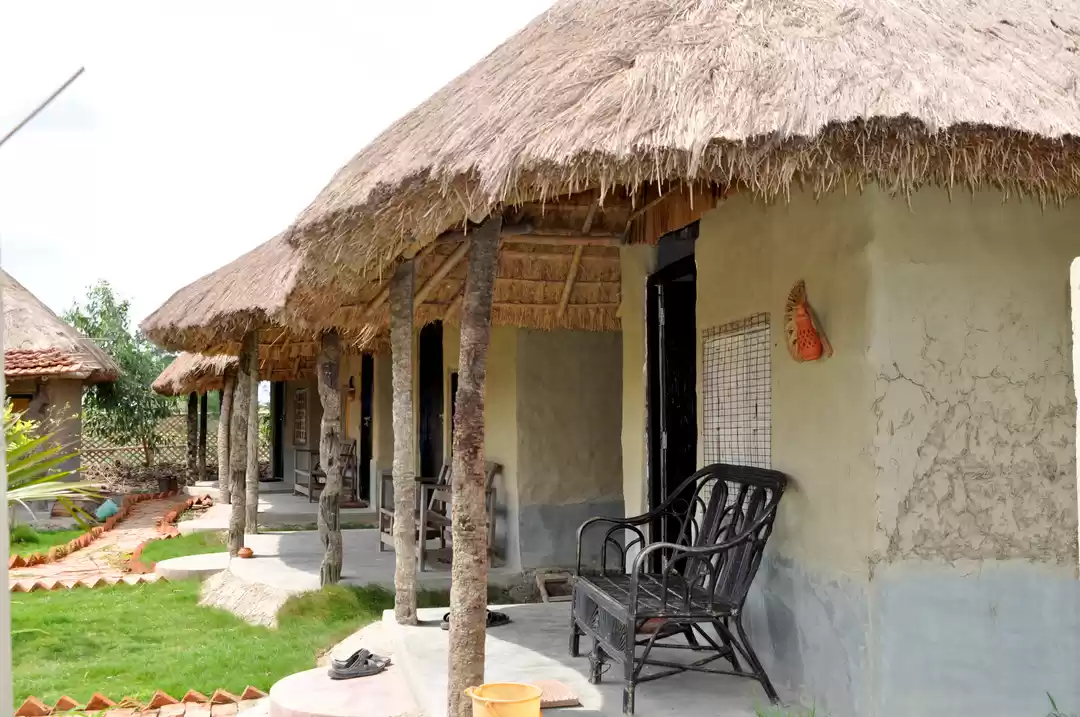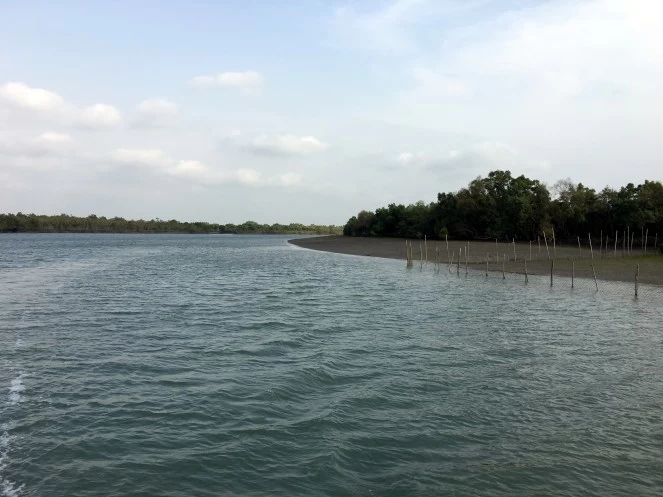Have you been to India's largest halophytic mangrove forest, aka, the Sunderbans? The tidal forest reserve is a rich ecosystem with thriving flora and fauna that every nature lover should visit. Plus, it’s a World Heritage Site - declared by UNESCO, for its unique eco-system and biodiversity.
What’s not to love in this verdant green paradise?
My Visit to the Sunderbans
In 2019, I made a three-day road trip to Jharkhali, a tourist stop in the vast Sunderbans area. My family and I drove down from Kolkata at the height of summer for a quick retreat in these green hideouts.
The road journey from Kolkata by car was anything but smooth. Not so much because of bad roads, but due to the umpteen barricades and traffic snarls. Unfortunately for us, that day a political rally was taking place at about the same time, and the roads were filled with banners, flags, placards and people.
Long story short, the normal four-hour road journey took six and half hours, and we reached our hotel famished. After freshening up, and wolfing down a delicious meal of rice, dal, and prawn malai curry (a Bengali speciality), we set off to explore the local dock area. The sunset at the riverside was mellow and reflective of the calm around us.
The next day, we planned to go tiger-spotting on a river cruise. The core areas are out of bounds for travelers, but you can visit the reserve areas that have convenient watch towers installed for sighting fauna. A steamer or ferry takes you to the watch towers on the islands dotting the river.
Sights and sounds galore
On a steamer journey towards Dobanki, across the confluence of the rivers Ganga and Meghna (where the undulating waters matched the intensity of sea waves), my eyes searched the marshes in quest of the elusive majestic beast.
Our guide informed us that the king of the jungle has been losing its habitat and hunting grounds, of late, to human encroachment. Locals forage the marshes for crabs and honey, and the tiger has had to retreat further into the deep wilds. As such, tiger sightings are erratic and rare.
The tranquil islands where you can hear only bird calls and see lush greenery soothe your senses. Though we couldn’t manage a tiger sighting, the boat ride over the choppy waters was something to be experienced.
A stop at the watch tower at the island of Dobanki rewarded us with the sight of a couple of wild sambals frolicking in the lush greens. We also saw plenty of other fauna, particularly birds of all kinds. The place is teeming with all kinds of wildlife!
A visit to the local Tiger Rescue Centre the next day rewarded us with, not only a glimpse of the magnificent beast prowling the campus, but also a bonus sleepy crocodile thrown in!
My Takeaway
The grandeur and beauty of the forests, the countless estuaries, the sighting of various birds and the sounds of bird-songs remained with me long after the visit.
The soothing burst of green and tranquility was what the doctor ordered for city-worn people like me to rejuvenate and recharge.
Obviously, a three-day trip is not enough to experience the full glory of this scintillating place. A couple of future visits are on the cards.
How to Reach and Where to Stay
A trip to this place can range from three to four days. You need to travel to Kolkata by flight or train, and hire a cab to the Sunderbans. The road journey takes around four hours, but may stretch longer due to congestion and traffic.
Comfortable stay facilities are available in eco-friendly resorts and jungle camps strewn in the peripheral areas of the Sunderbans. There are some decent places for boarding and lodging that offer local Bengali fare, along with some “Chinese” staples like chilli chicken or paneer manchurian. Don't go looking for boutique or fancy star hotels though.
Make sure your visit permits are in place before you venture into the jungle (our guide took those for us). Your hotel can arrange day trips and guided steamer rides to the places where sightings are possible. The Sajnekhali, Sudhanyakhali, Netidhopani and Dobanki watch towers are places where you can spot vibrant flora and fauna.
Do carry a good pair of binoculars with you. Insect repellents are a must, as this place is marshy and buzzing with mosquitoes after sundown.
And remember to leave nothing behind, except your footprints, on the marshy landscape of the Sunderbans islands. The natives at Sunderbans will thank you for it!

























